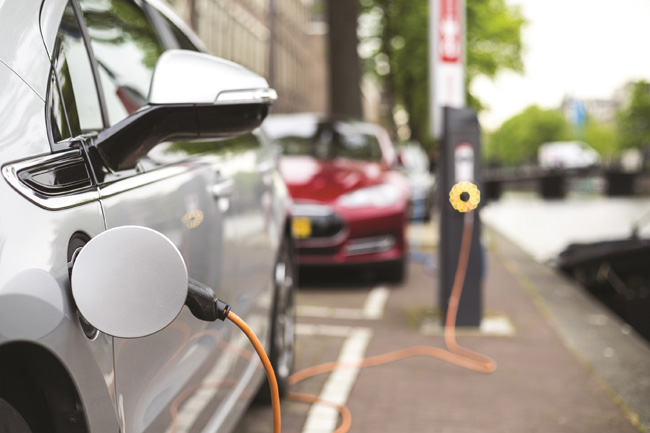A new report from Bloomberg New Energy Finance suggests that China may miss its ambitious goals concerning alternative energy and clean transportation. The country’s economy is growing quickly and along with this, citizens are finding it possible to afford vehicles of their own. The Chinese government is not inclined to allow reliance on fossil fuels to linger longer than necessary, however, and recently launched an ambitious plan that would promote the adoption of electric vehicles. In July 2012, the Chine
A new report from 6827 Bloomberg New Energy Finance suggests that China may miss its ambitious goals concerning alternative energy and clean transportation. The country’s economy is growing quickly and along with this, citizens are finding it possible to afford vehicles of their own. The Chinese government is not inclined to allow reliance on fossil fuels to linger longer than necessary, however, and recently launched an ambitious plan that would promote the adoption of electric vehicles.
In July 2012, the Chinese government introduced the 2012-20 New Energy Vehicle Industrial Plan, which is meant to encourage consumers to purchase electric vehicles, thereby increasing the country’s energy security by lowering its reliance on foreign sources of fossil fuels. The plan outlines several sales targets that the country had expected to meet, such as 500,000 cumulative sales by 2015 and 5 million by 2020. Sales of electric vehicles have, thus far, been very slow, with only 13,000 electric vehicles sold between 2009 and 2011.
According to Bloomberg New Energy Finance, there are three major factors that are causing problems for China’s adoption of electric vehicles. One of these factors is demand. Though Chinese consumers are showing more interest in vehicles, they are not yet entirely sold on the concept of electric vehicles. This is largely due to the fact that electric vehicles are, typically, more expensive than conventional vehicles. Another problem is supply, largely because Chinese car manufacturers have not yet supported any brand of electric vehicle that is on the market, thus the availability of these vehicles is quite low throughout the country.
Bloomberg says that perhaps the most problematic issue facing China’s efforts to adopt electric vehicles is the lack of technological expertise that exists in the country. This shortfall in expertise makes it difficult for China to produce safe, passenger electric vehicles that would be able to compete in the international market. This particular issue may take several years to resolve as China would need to invest heavily in education programmes centred around electric vehicles and their manufacture. The effort that it would take to do this could threaten the country’s ability to meet the goals it has established for itself.
In July 2012, the Chinese government introduced the 2012-20 New Energy Vehicle Industrial Plan, which is meant to encourage consumers to purchase electric vehicles, thereby increasing the country’s energy security by lowering its reliance on foreign sources of fossil fuels. The plan outlines several sales targets that the country had expected to meet, such as 500,000 cumulative sales by 2015 and 5 million by 2020. Sales of electric vehicles have, thus far, been very slow, with only 13,000 electric vehicles sold between 2009 and 2011.
According to Bloomberg New Energy Finance, there are three major factors that are causing problems for China’s adoption of electric vehicles. One of these factors is demand. Though Chinese consumers are showing more interest in vehicles, they are not yet entirely sold on the concept of electric vehicles. This is largely due to the fact that electric vehicles are, typically, more expensive than conventional vehicles. Another problem is supply, largely because Chinese car manufacturers have not yet supported any brand of electric vehicle that is on the market, thus the availability of these vehicles is quite low throughout the country.
Bloomberg says that perhaps the most problematic issue facing China’s efforts to adopt electric vehicles is the lack of technological expertise that exists in the country. This shortfall in expertise makes it difficult for China to produce safe, passenger electric vehicles that would be able to compete in the international market. This particular issue may take several years to resolve as China would need to invest heavily in education programmes centred around electric vehicles and their manufacture. The effort that it would take to do this could threaten the country’s ability to meet the goals it has established for itself.









